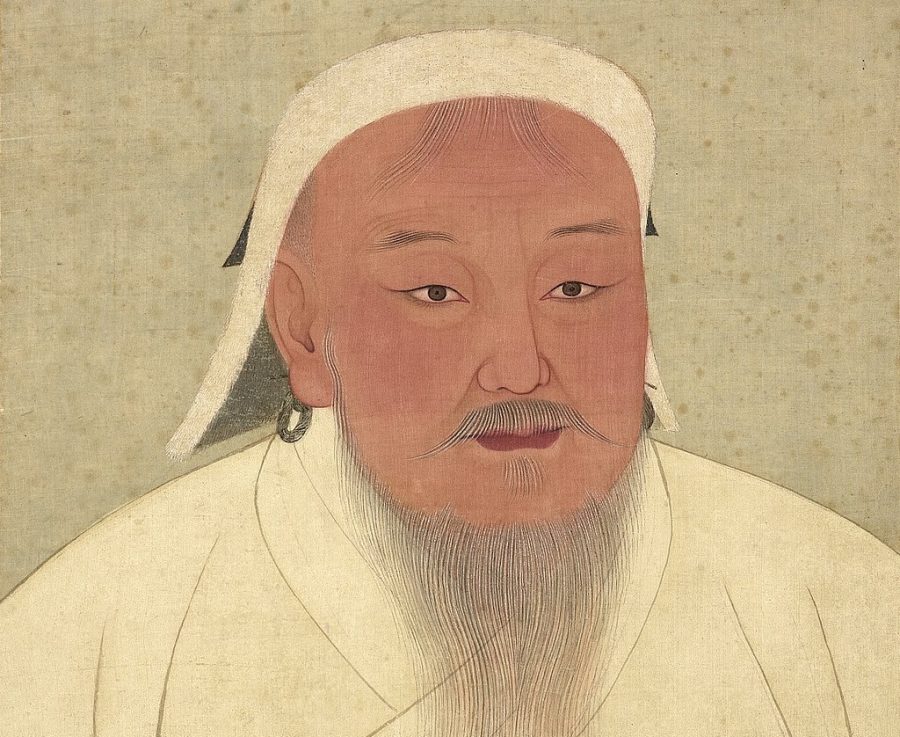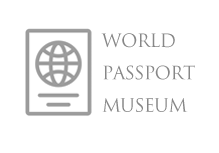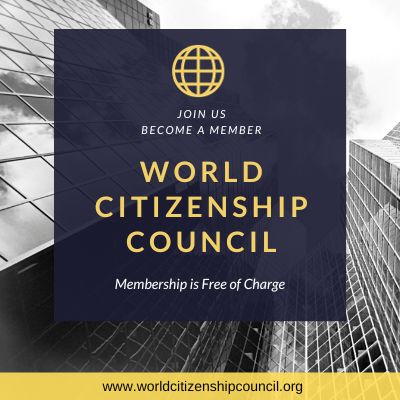The Mongols invented the world’s first diplomatic passport known as “Paiza/Paizi” under Genghis Khan during the 12-13th century which was carried by nobles and officials to demand goods and services from civilian populations.
The Paiza or Paizi were metal tablets inscribed in gold, silver, bronze with safe passage statement signify certain privileges to protect diplomats, merchants, messengers traveling in silk route.
The Paizi served as a sort of 13th century diplomatic passport to allow the holder free passage and access to supplies through the territory controlled by the Mongols. These small metal plates issued by the Great Khans of the Mongol Empire and given to merchants, messengers, skilled artisans, officials, and important guests.
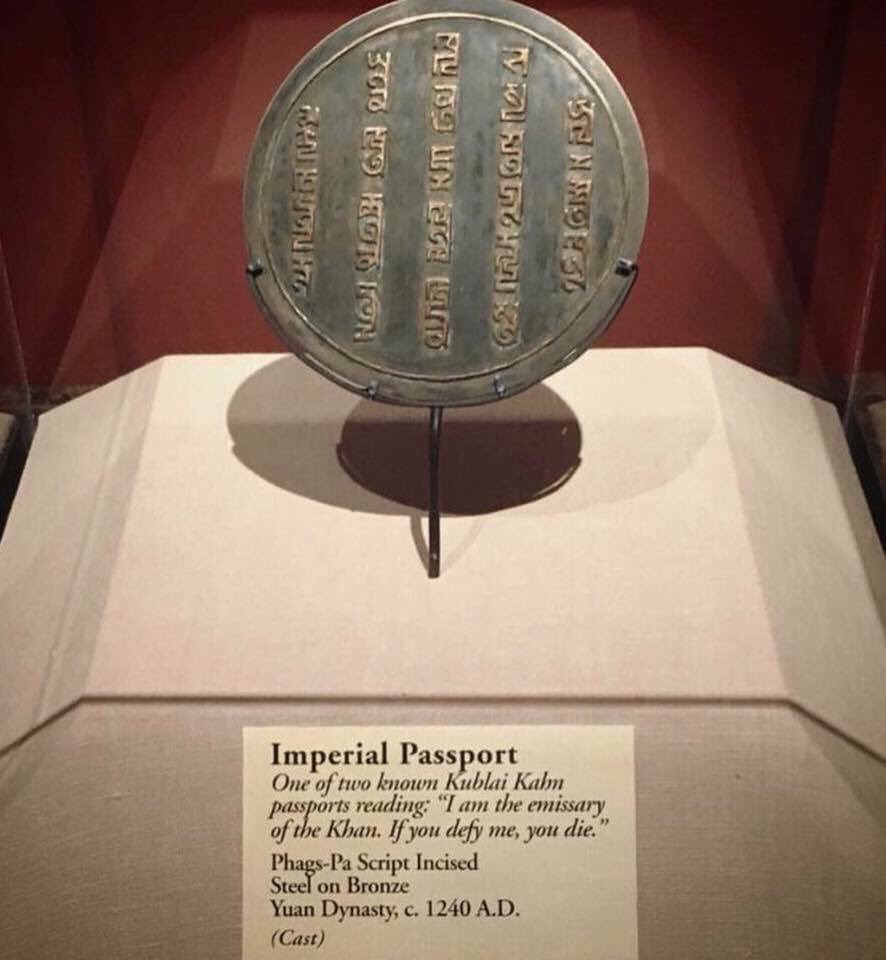
Marco Polo
The famed Venetian traveler Marco Polo (1254-1324) is said to have carried a foot long three inches wide gold paiza issued by Kublai Khan (grandson of Genghis Khan) himself on his extensive travels across Eurasia. The paiza pretty much works like diplomatic passport , giving wide ranging rights to receive lodging, provisions, horses, and guides throughout the lands controlled by the Khan.
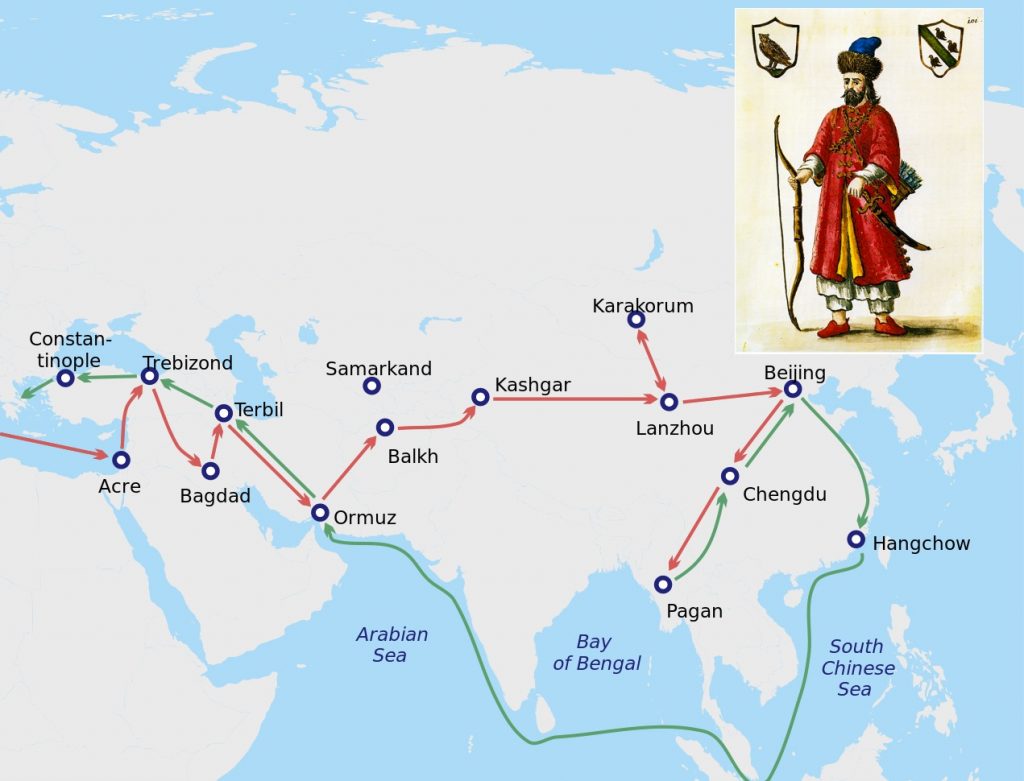
Some paizi were carried by government officials as proof of their position and title, while others were given to people coming and going through the empire. They were usually reserved for people who traveled on state business and foreigners who were in Mongol territory under the protection of the Khan.
A letter sent by the emperor in Beijing carried by an envoy wearing his paiza, or passport, could reach the Ilkhanid capital Tabriz, some 5,000 miles away, in about a month.
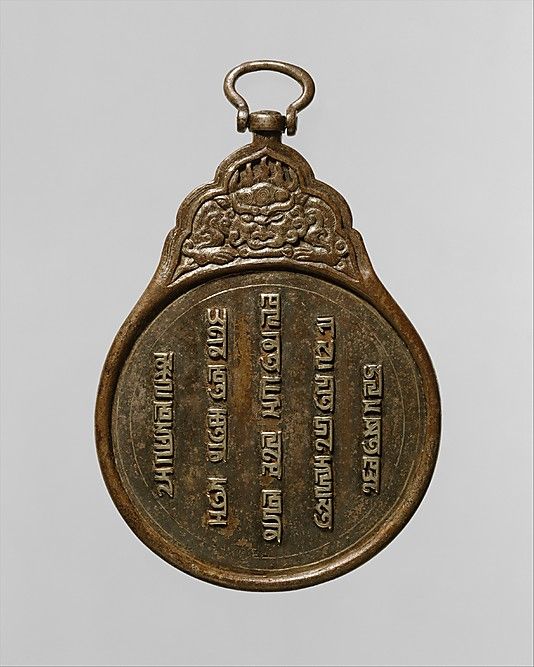
The paiza illustrated here is a passport, made of iron with inlay of thick silver bands forming characters in the Phagspa script, devised for the Mongol language in 1269 by the Tibetan monk ‘Phagspa (1235—1280), a close advisor to Kublai Khan (r. 1260–95). The inscription reads in translation (by Morris Rossabi): By the strength of Eternal Heaven, an edict of the Emperor [Khan]. He who has no respect shall be guilty.
Mongol Empire
The Mongols created the largest contiguous land empire in history, which stretched far across Eurasia at its greatest extent in 1279
The Mongol empire existed during the 13th and 14th centuries and was the largest land empire in history from the east to west, with mongols came invaded as far as Poland and Hungary into Europe. Before they could invade Vienna, the King Ögedei’s death brought halt to the invasion.
The Mongol Empire emerged from the unification of several nomadic tribes in the Mongol homeland under the leadership of Genghis Khan, whom a council proclaimed ruler of all the Mongols in 1206.
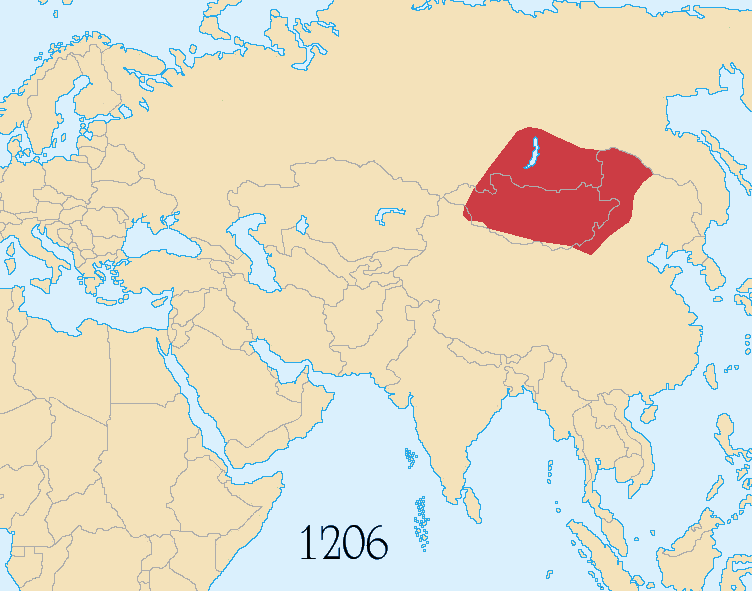
Safe Passage Statements
The Safe passage statements in diplomatic passports still inscribed today. Centuries ago, these were badges and plates.
For example the US passport carries this safe passage statement
“The Secretary of State of the United States of America hereby requests all whom it may concern to permit the citizen/national of the United States named herein to pass without delay or hindrance and in case of need to give all lawful aid and protection.”
In the United Kingdom, during 18-20 th centuries, badges were used by royal queens messengers
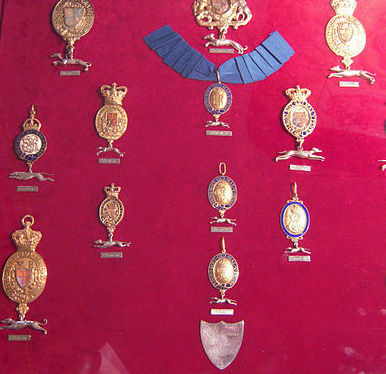
The Corps of Queen’s Messengers are couriers employed by the British Foreign and Commonwealth Office. They hand-carry secret and important documents to British Embassies/High Commission and consulates around the world. Many Queen’s Messengers were retired Army personnel. Messengers generally travel in plain clothes in business class on scheduled airlines with their consignment.
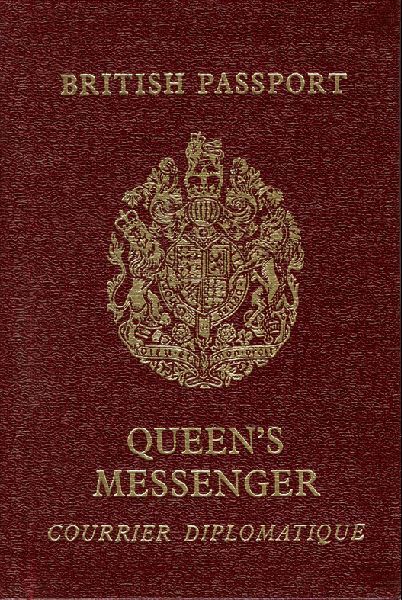
About World Passport Museum
The World Passport Museum currently a startup is planned for opening on or after 2021 as a non-profit organization dedicated to preserving history exhibiting historical papers such as passports, identity papers with great history.
The museum aims to exhibit rare masterpieces of passports and identity papers of great historical importance in cooperation with other museums and national archives from over 100 countries.
The museum is currently a startup and seeks small donations or contributions from public including donating any historical identity papers to the museum. We offer full credit to donors.
Please visit: http://passportmuseum.org
Photo: The Great Genghis Khan

